Introduction
Cement silos play a crucial role in the construction industry, serving as storage units for cement and other bulk materials. Precise level monitoring is essential for efficient inventory management, preventing material overflow, and reducing waste. However, measuring cement levels accurately in silos presents challenges due to its high density and powdery nature.
This article explores the best level detection technologies for cement silos, including vibrating rod level switches, tuning fork level switches, and rotary paddle level switches. These solutions ensure precise, real-time monitoring of cement levels, enhancing operational efficiency and safety.

The Importance of Cement Silo Level Monitoring
Effective cement silo level monitoring is essential for several reasons:
Preventing Overflows and Spillage – Accurate level measurement avoids costly overflows, preventing material loss and environmental hazards.
Optimized Inventory Management – Real-time monitoring ensures efficient tracking of material levels, minimizing shortages and downtime.
Enhanced Safety – Monitoring cement levels prevents excessive accumulation that could lead to structural damage or equipment failure, ensuring worker safety.
Waste Reduction – Proper measurement guarantees efficient material utilization, minimizing product loss during handling and transport.
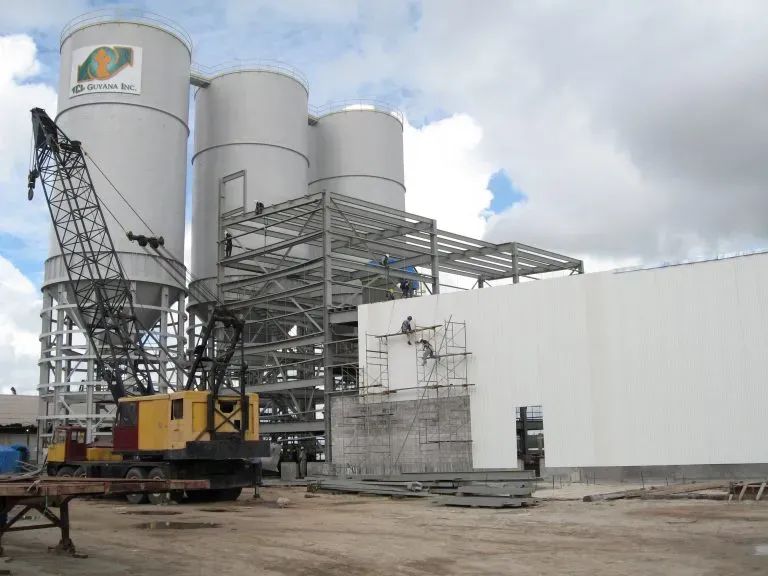
Best Technologies for Cement Silo Level Detection
1. Vibrating Rod Level Switch
Vibrating rod level switches are ideal for high-density granular materials like cement. These devices operate based on frequency changes when the vibrating rod comes into contact with material, triggering an alert.
Key Features:
Suitable for high-density bulk solids such as cement
High-temperature resistance up to 400°C
Low maintenance requirements
Point-level monitoring with high accuracy
Example Application:
A large cement production plant implemented vibrating rod level switches in its silos to prevent overfilling. The system successfully reduced material spillage incidents by 30%, improving efficiency and cutting cleanup costs.
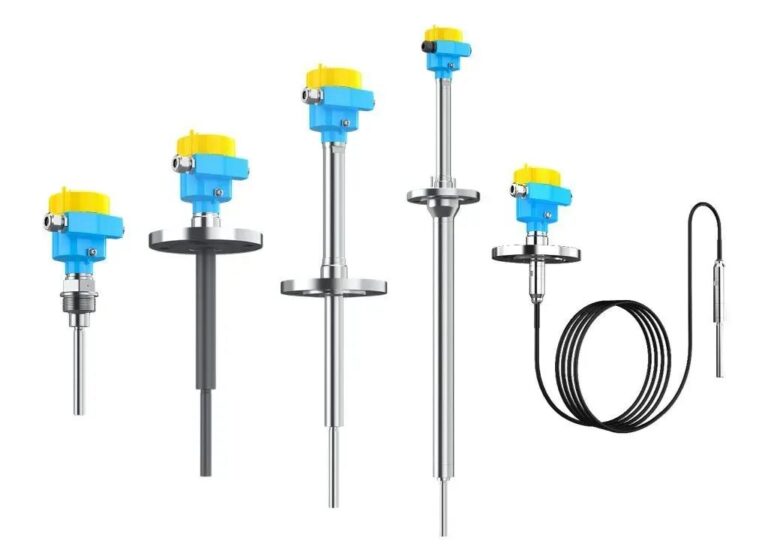
2. Tuning Fork Level Switch
Tuning fork level switches are well-suited for fine powders like cement. These sensors work on resonance principles, detecting material level changes when the fork’s vibration frequency shifts.
Key Features:
Ideal for powder and bulk material applications
Performs reliably in dusty environments
High-temperature resistance up to 400°C
Provides stable, accurate readings even in vibrating conditions
Example Application:
A cement distributor faced issues with inaccurate level readings due to dust accumulation inside their silos. After installing tuning fork level switches, their inventory accuracy improved by 25%, reducing miscalculations in supply planning.
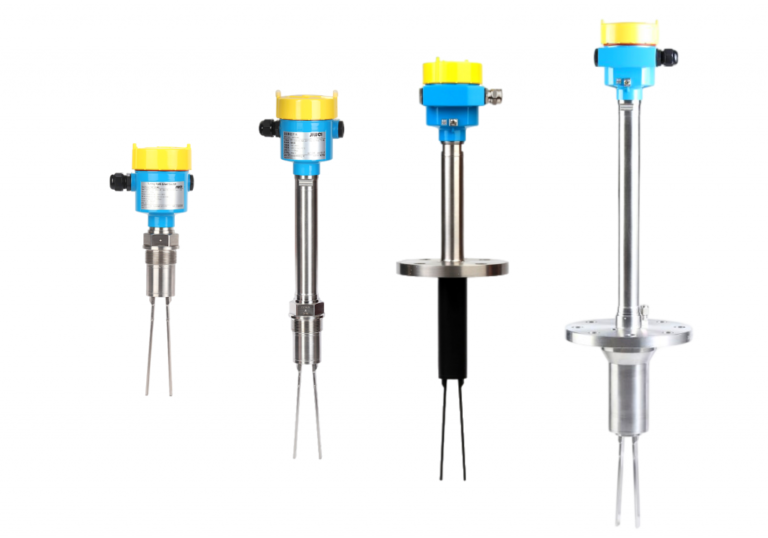
3. Rotary Paddle Level Switch
Rotary paddle level switches are commonly used for point-level detection in bulk solids such as cement. They feature rotating blades that stop moving when covered by material, sending a signal to indicate level changes.
Key Features:
Effective for bulk solid point-level detection
High durability in harsh industrial environments
Temperature resistance up to 400°C
Simple and cost-effective monitoring solution
Example Application:
A cement storage facility upgraded its outdated monitoring system with rotary paddle level switches. The new setup provided real-time alerts, significantly reducing emergency restocking incidents and optimizing logistics planning.
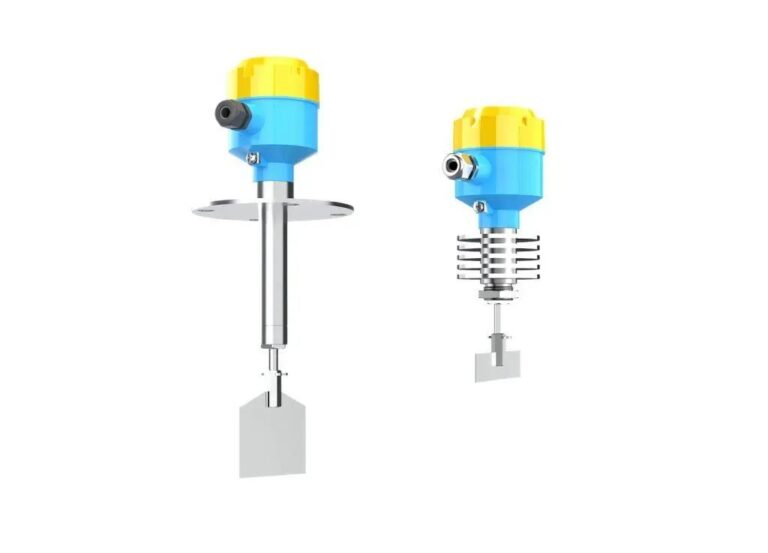
Choosing the Right Cement Silo Level Monitoring Technology
Selecting the appropriate level monitoring technology depends on factors such as material type, environmental conditions, and monitoring requirements. Below is a comparison of the three technologies:
| Technology | Suitable for | Key Benefits | Maximum Temperature |
|---|---|---|---|
| Vibrating Rod Level Switch | High-density granular materials | Low maintenance, precise point-level detection | 400°C |
| Tuning Fork Level Switch | Fine powders and bulk materials | High accuracy, dust-resistant | 400°C |
| Rotary Paddle Level Switch | Bulk solid point-level detection | Durable, cost-effective | 400°C |
Why Choose Our Products?
Our range of vibrating rod, tuning fork, and rotary paddle level switches provides reliable and accurate cement silo level monitoring solutions. With over 50 patents and cutting-edge technology, our products are trusted globally. Designed to withstand extreme temperatures of up to 400°C, they deliver dependable results even in the harshest industrial environments.
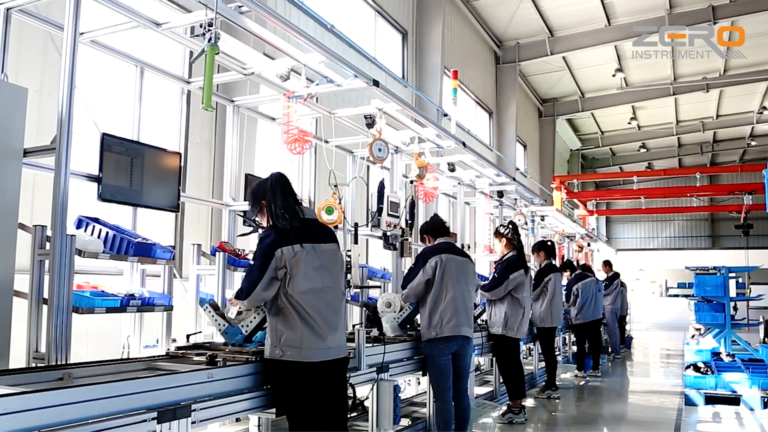
Conclusion
Investing in the right level detection technology is critical for optimizing material handling and maintaining operational efficiency. Vibrating rod, tuning fork, and rotary paddle level switches are ideal solutions for accurate, reliable cement level monitoring. By implementing advanced monitoring systems, you can prevent overflows, minimize waste, and enhance the safety of your cement storage operations.
For more information on selecting the best level monitoring solution for your cement silos, contact us today!
